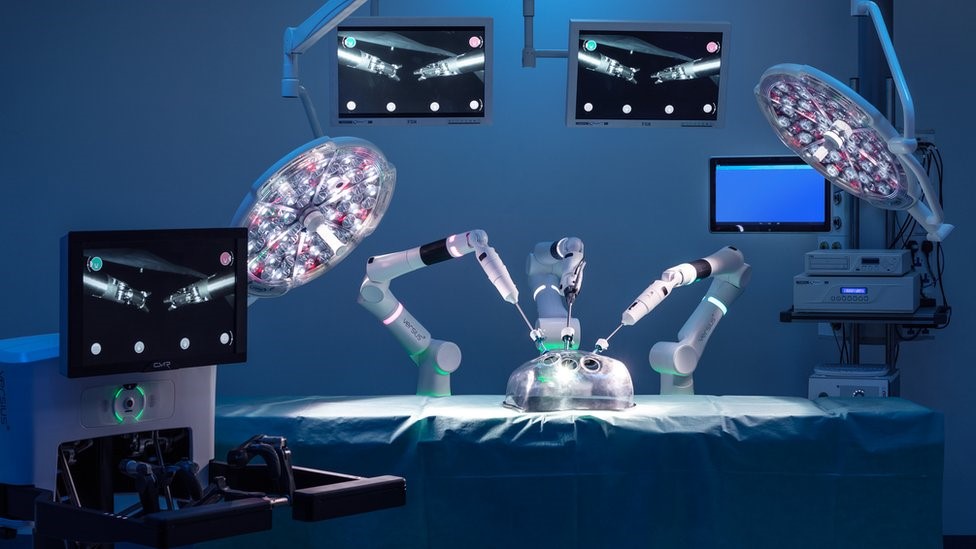Robotic-assisted joint replacement surgery is a relatively new advancement in the field of joint replacement. This type of surgery uses a robotic arm, called a robotic arm-assisted surgical system, to assist the surgeon in positioning and aligning the implant. The robotic arm is controlled by the surgeon, who uses it to make precise movements and adjustments during the procedure.
One of the main benefits of robotic-assisted joint replacement surgery is that it can help increase the procedure’s accuracy. The robotic arm can be programmed with a patient’s specific anatomy, allowing the surgeon to make precise cuts and align the implant in the required position. This can lead to better outcomes, such as an improved range of motion and a reduced risk of complications.
Another benefit is that the robotic arm allows the surgeon to visualise the surgical field better, which can help reduce the risk of nerve or blood vessel damage. Additionally, the robotic arm can also help reduce surgical time, leading to a faster recovery for the patient.
Robotic-assisted joint replacement surgery is still considered a relatively new technology and is not yet widely available. However, it is becoming more common in certain centres and is used for various joints, including the knee and hip.
It’s important to note that it’s not a replacement for the surgeon’s skill and judgement but rather an aid to enhance the precision and accuracy of the procedure. Your surgeon will be able to advise you on whether this type of surgery is appropriate for you, based on your specific condition and anatomy.
Overall, robotic-assisted joint replacement surgery is a promising advancement in the field of joint replacement that has the potential to improve outcomes and reduce recovery time for patients.

This article was written by Edona Hyla as part of an ongoing series of scientific communications written and curated by BioTrib’s Early Stage Researchers.
Edona’s research is focussing on Understanding the Nature, Origin and Degradation of Implant Debris at the University of Leeds, UK

